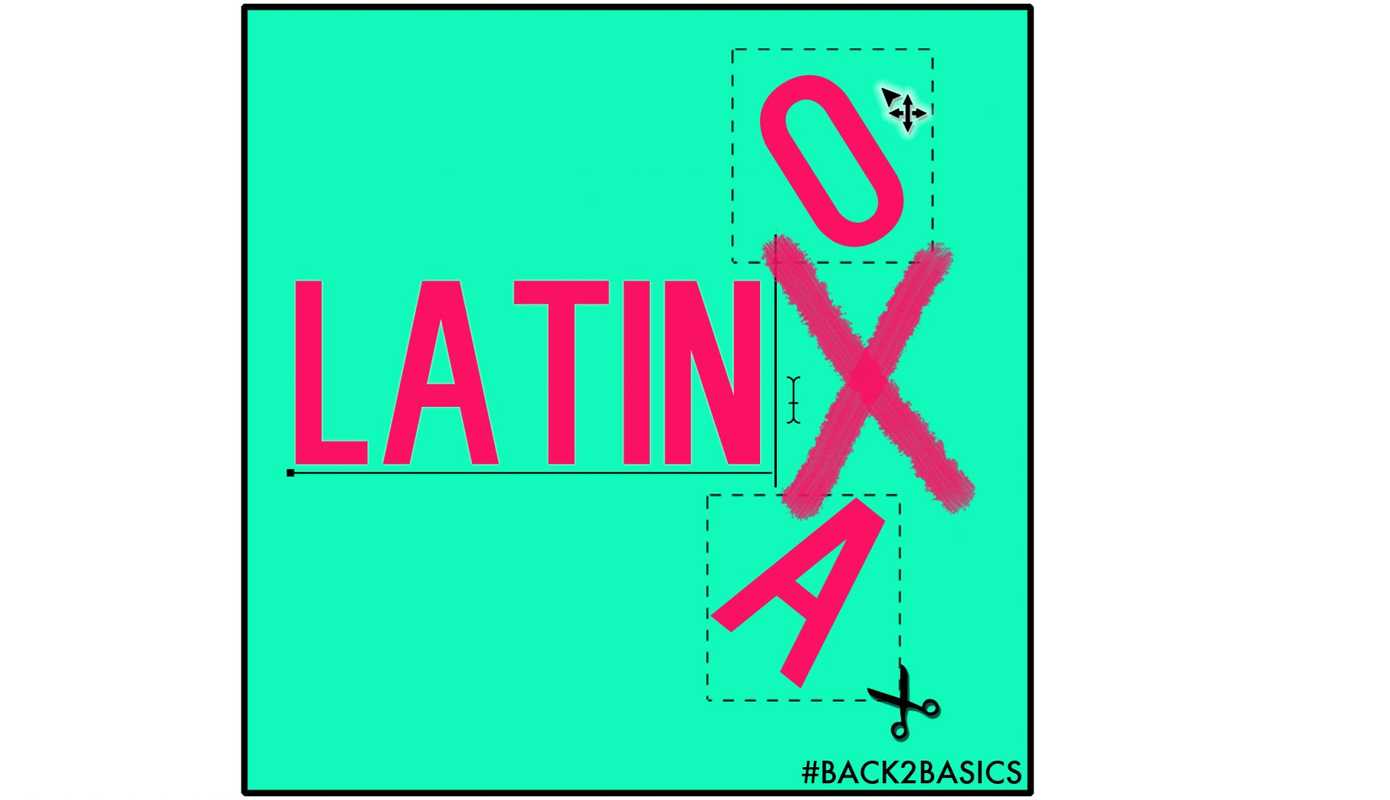“The first time I heard two women, a Puerto Rican and a Cuban, say the word ‘nosotras.’ I was shocked. I had not known the word existed. Chicanas use nosotros whether we’re male or female. We are robbed of our female being by the masculine plural. Language is a male discourse.” — Gloria Anzaldúa, Borderlands
The term “Latinx” (pronounced: Latin-ex) has been popping up more and more in recent years. While it may seem new, the term, in fact, has been in use within queer communities since early 2004 and only really began gaining widespread popularity in 2014. But what does the term even mean? And why is it being used? Latinx is a term used to describe the ethnic identity of anyone who is of Latin American origin. The term is a neologism that disrupts normative language patterns by replacing the “o”, which is used to indicate the masculine default of any word, with an “x” at the end of the word. Moreover, for Chicana novelists like Ana Castillo, the use of the letter ‘x’ signifies a return to Nahuatl, the language of the Aztecs.The ‘x’ therefore embodies both an inclusion of the feminine and a recognition of the indigenous origins of Latinx people. For these reasons, the term is expansive and able to accommodate people of all races from all around the world with the only criteria being that the person is from Latin America or of Latin American descent. There are other variations of Latino that are also popular such as Latino/a or Latin@, which were created with the intention of making space for “Latino” women to identify with the label. Unfortunately, these forms of the term only considered people who fell within the gender binary of male and female. Latinx was the proposed solution to this problem because it was a way to include Latinxs of all gender identities, including gender nonconforming folks. It eradicated the need to attach a particular gender to an ethnic identity. The term can be used to speak generally about Latinx people or someone can choose to identify as Latinx instead of Latino or Latina. By using Latinx as an identifier, we allow for gender nonconforming Latinxs to be visible instead of forcing them to choose between identifying as either male or female or not identifying with the ethnic label at all. The term also encourages us to think of the impact that language has on how we see ourselves and others. Spanish has inbuilt limitations as many words, such as Latino/a, hermano/a, and guapo/a, are gendered. Latinx circumvents the linguistic “rules” and limitations of Spanish. In fact, the use of the “x” — to create gender-neutral alternatives — can also be applied to other Spanish words such as the ones listed previously (ex. hermanxs, guapxs). One of the ways that we can start to create inclusive spaces is by changing our language, and Latinx is just one example of this. Here are some additional links that you can check out if you want to know even more about the term Latinx: Why We Say Latinx: Trans & Gender Non-Conforming People Explain The Case FOR ‘Latinx’: Why Intersectionality Is Not a Choice What’s With The X In Latinx? | #TheKatCall | mitú




